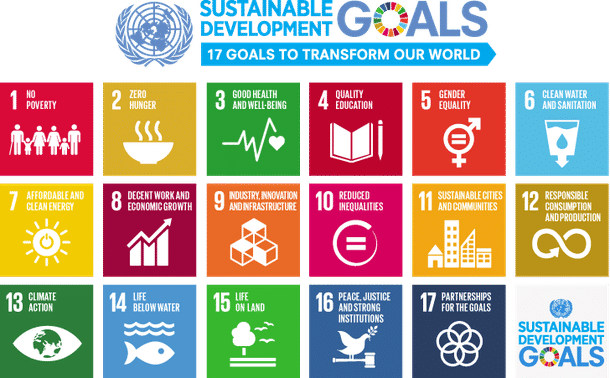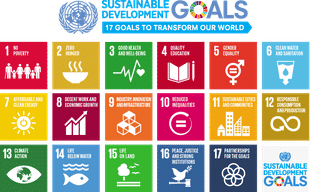Insta
India Improves Overall Score On SDG Index; Uttar Pradesh Registers Biggest Improvement
Swarajya Staff
Jan 02, 2020, 12:35 PM | Updated 12:35 PM IST
Save & read from anywhere!
Bookmark stories for easy access on any device or the Swarajya app.


In a major development, India has improved it's overall score on the Sustainable Development Goals Index from 57 last year to 60 this year based on progress made by states and Union Territories so far towards achieving the 2030 SDG targets, reports the Times of India.
This year's SDG Index marked the second edition of the rankings which are released by the NITI Aayog. It tracks the performance of different States and UTs on the progress made towards the achievement of 17 SDGs.
As per the report, India lies in the “performers” category which has a score range of 50 to 64 which signifies that its delivery on goals is a mixed bag of good news and serious concerns
The development gains significance as this marks the first year when all the States have managed to rise above the lowest category. Kerala evolved as the best performing State, with Chandigarh and Puducherry emerging as the best performers among the Union Territories (UTs).
Meanwhile, the State of Bihar found itself at the bottom as the worst performer among the 27 States. However it should be noted that the State did manage to move out of the red zone of 'aspirants' by registering a score of 50 on the performance measurement.
Additionally, it should be noted that State of Uttar Pradesh registered the highest improvement with its score rising from 42 last year to 55 this year riding on its performance on goal related to affordable and clean energy. The State shared the place with Odisha and Sikkim as the 'fast movers'.
This year's SDG Index marked the second edition of the rankings which are released by the NITI Aayog. It tracks the performance of different States and UTs on the progress made towards the achievement of 17 SDGs.
Moreover the report states that “the significant improvement in goal 6 is largely driven by the success of the Swachh Bharat Abhiyaan in eliminating open defecation. Improvement in goal 7 can be credited to the extensive coverage of LPG for households and saturation of electricity connections. The progress recorded under goal 9 can be largely attributed to the improvement in rural road coverage, and higher mobile and internet penetration.”





